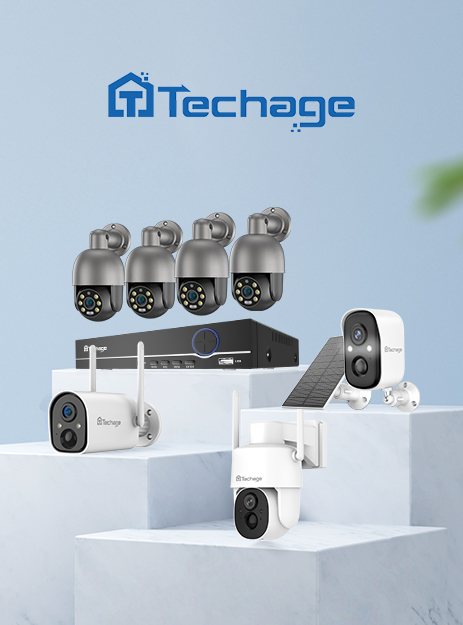In the realm of modern surveillance technology, terms like “wireless” and “Wi-Fi” often surface when discussing camera systems. While these terms might seem interchangeable, they actually refer to distinct aspects of camera functionality. In this article, we’ll unravel the differences between wireless and Wi-Fi cameras, shedding light on their unique features and applications.
Wireless Cameras:
Wireless cameras refer to devices that can transmit data without the need for physical cables. These cameras use wireless technologies like radio frequency (RF) or Bluetooth to communicate with a receiver or a designated device. The wireless aspect pertains to the absence of direct physical connections, making these cameras more flexible in terms of installation and placement.
Key Characteristics of Wireless Cameras:
- Transmitter-Receiver Pairing: Wireless cameras often come in sets that include a camera unit and a receiver unit. The camera captures video and audio, which are then wirelessly transmitted to the receiver for viewing or recording.
- Power Source: Wireless cameras require a power source, usually in the form of batteries or a power cable. Battery-powered wireless cameras offer even more flexibility in terms of placement.
- Range: The range of wireless cameras depends on the technology used and potential interference. Some models might have limited range, making them suitable for smaller spaces.
- Applications: Wireless cameras are often used for monitoring specific areas, such as baby monitors, small rooms, or temporary surveillance needs.
Wi-Fi Cameras:
Wi-Fi cameras, on the other hand, are a subset of wireless cameras that specifically use Wi-Fi technology to transmit data. Wi-Fi cameras leverage your home or business Wi-Fi network to connect to the internet, allowing for remote access, live streaming, and cloud storage capabilities.
Key Characteristics of Wi-Fi Cameras:
- Internet Connectivity: Wi-Fi cameras require an internet connection to operate. They connect to your home or business Wi-Fi network to enable remote access and real-time monitoring.
- Remote Access: With internet connectivity, you can access the camera’s live feed and recorded footage remotely through dedicated apps or web interfaces.
- Cloud Storage: Many Wi-Fi cameras offer cloud storage options to store recorded video and access it from anywhere.
- Integration: Wi-Fi cameras often integrate with other smart home devices and services, enhancing their functionality.
Applications: Wi-Fi cameras are suitable for a wide range of applications, from home security and surveillance to monitoring pets, children, and property remotely.
Comparing Wireless and Wi-Fi Cameras:
- Connectivity: Wireless CCTV cameras transmit data without cables, while Wi-Fi cameras specifically use Wi-Fi networks for internet connectivity.
- Internet Access: Only Wi-Fi cameras provide remote access via the internet for real-time monitoring and cloud storage.
- Range: Both wireless and Wi-Fi cameras have range limitations, but Wi-Fi cameras can overcome this through Wi-Fi range extenders.
- Power Source: Both wireless and Wi-Fi cameras can be battery-powered or connected to a power source.
- Applications: Wireless cameras are often used for basic monitoring, while Wi-Fi cameras are better suited for comprehensive home security and remote surveillance.
In Conclusion:
While both wireless and Wi-Fi cameras share the common characteristic of wireless data transmission, the distinction lies in their connectivity and capabilities. Wireless cameras communicate directly without cables, while Wi-Fi cameras leverage internet connectivity for remote access, cloud storage, and enhanced functionality. Depending on your surveillance needs and preferences, choosing between wireless and Wi-Fi cameras involves evaluating their features and how well they align with your requirements.







